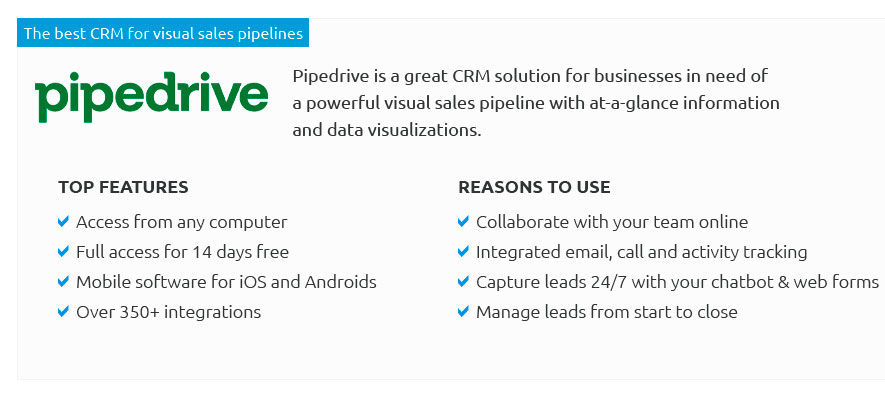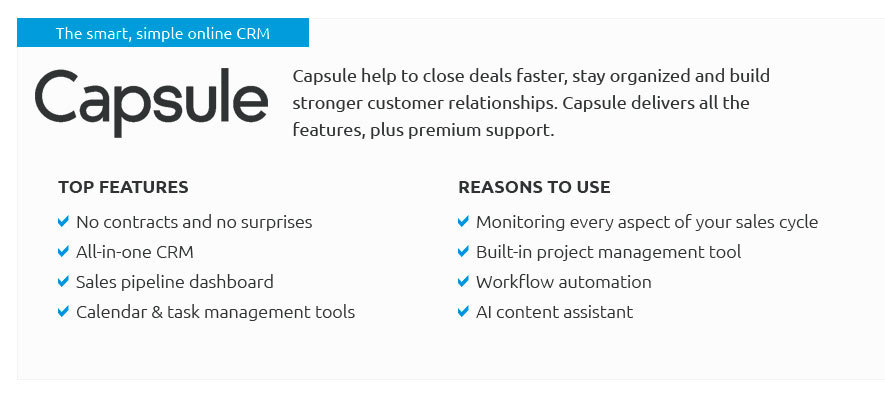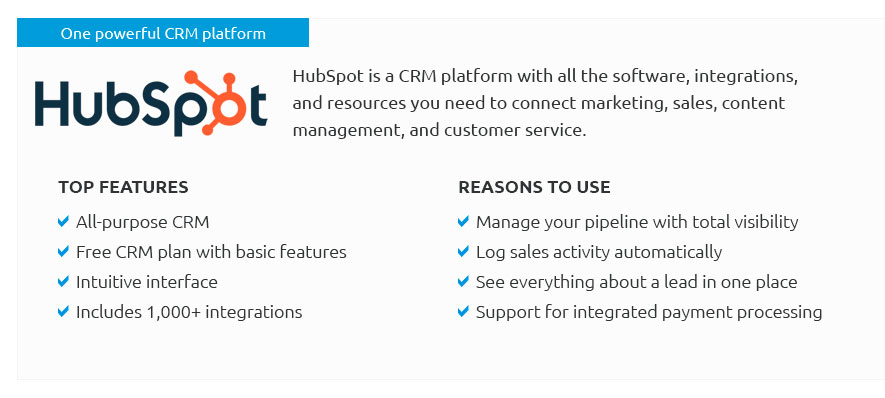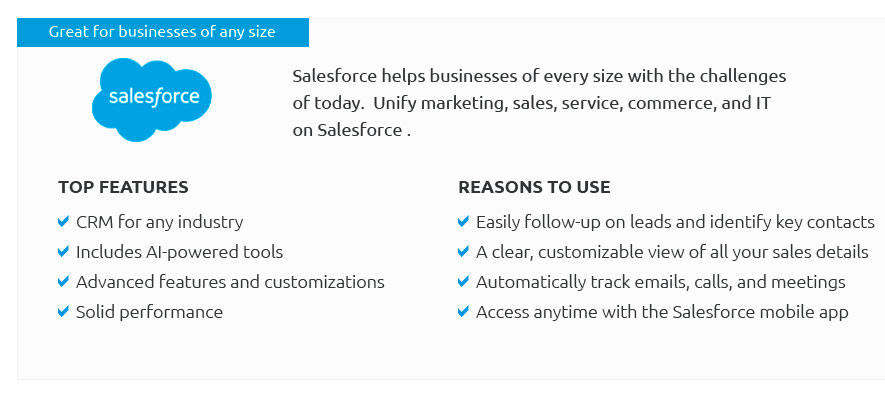 |
 |
 |
 |
 |
|
 |
|
 |
|
 |
|
 |
|
 |
|
 |
 |
The Art and Science of Crafting a Content ScheduleIn the bustling digital age where information is abundant and attention spans are dwindling, creating a coherent and effective content schedule can be the linchpin for successful communication and marketing strategies. A content schedule, often perceived as a mundane task, is far more than just a calendar filled with dates and topics. It is a strategic blueprint that aligns with a brand’s goals, audience expectations, and the ever-shifting tides of digital trends. At its core, a content schedule serves as a guidepost that ensures content creators and marketers remain focused, organized, and proactive in their endeavors. Firstly, when considering the development of a content schedule, one must recognize the pivotal role of understanding the target audience. This involves a meticulous process of research and analysis to uncover audience demographics, preferences, and behaviors. By gaining insights into what resonates with the audience, creators can tailor their content to meet those specific needs and desires, fostering a deeper connection and engagement. The audience should always be at the forefront of content planning, as they are the ultimate consumers of the information and messages being disseminated. Next, consider the importance of setting clear objectives for your content schedule. These objectives could range from increasing brand awareness and generating leads to fostering community engagement or promoting specific products or services. Clear objectives provide a sense of direction and purpose, allowing for the measurement of success through key performance indicators (KPIs). Without well-defined goals, a content schedule can quickly become a rudderless ship, adrift in the vast sea of digital content. Moreover, the frequency and consistency of content publication are crucial components of an effective schedule. Consistency not only helps in maintaining audience interest but also plays a significant role in building trust and reliability. However, striking the right balance is key, as bombarding your audience with too much content can lead to fatigue, while too little can result in dwindling interest. It is essential to find a rhythm that resonates with your audience and aligns with your resource capabilities. A well-rounded content schedule should also embrace variety and adaptability. Diversifying content formats, such as blogs, videos, podcasts, and infographics, can cater to different audience preferences and consumption habits. Additionally, staying adaptable allows for the incorporation of timely and relevant topics, making your content more engaging and responsive to current events and trends.
In conclusion, while a content schedule might seem like a simple organizational tool, it encompasses a strategic approach that requires careful consideration and planning. By understanding your audience, setting clear objectives, maintaining consistency, embracing variety, and regularly evaluating performance, you can create a content schedule that not only meets your goals but also fosters a meaningful connection with your audience. Ultimately, a well-crafted content schedule is not just about what you publish, but how and why you publish it, reflecting the essence of your brand and its values in the ever-evolving digital landscape. https://www.canva.com/for-teams/content-planning-scheduling/
Canva has a built-in content calendar so you can plan and schedule your social posts ahead of time to publish directly from the platform simply create, set, ... https://backlinko.com/hub/content/calendar
A content calendar (also known as an editorial calendar) is a written schedule of when and where you plan to publish upcoming content. Content ... https://www.notion.com/templates/category/content-calendar
Streamline your content strategy with our versatile content calendar templates. From an editorial planner to a marketing calendar, these templates serve as ...
|